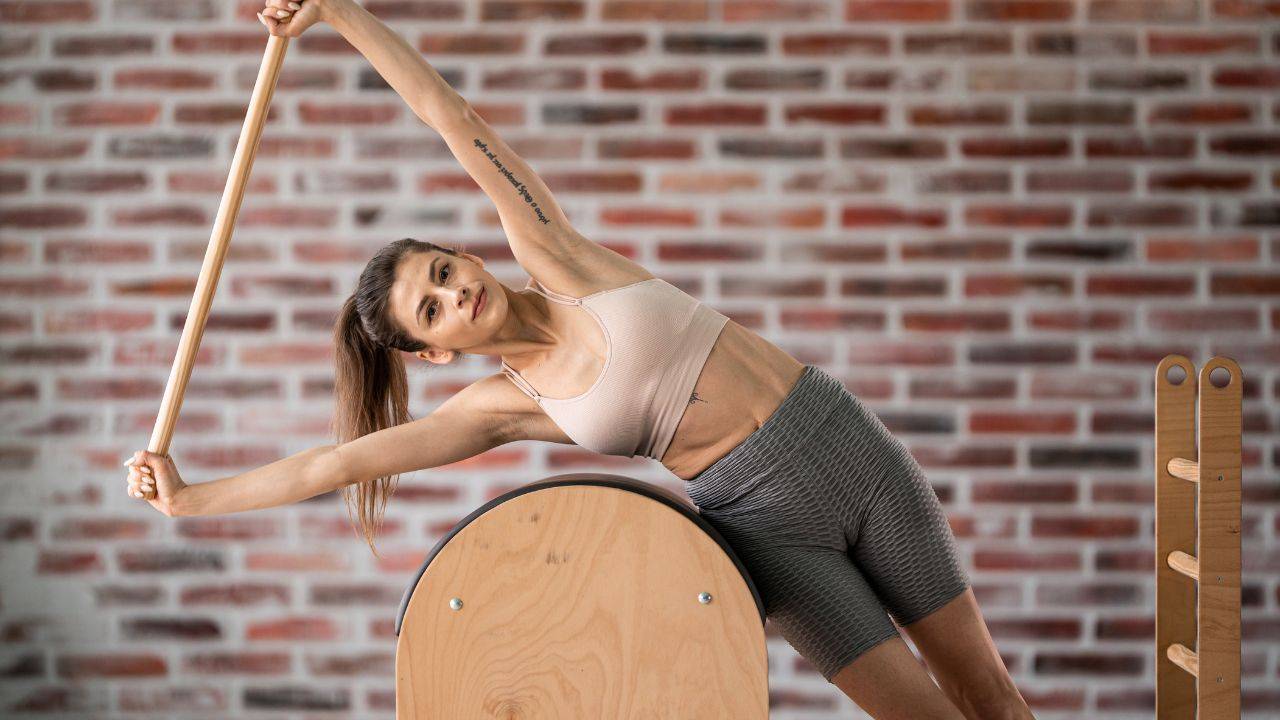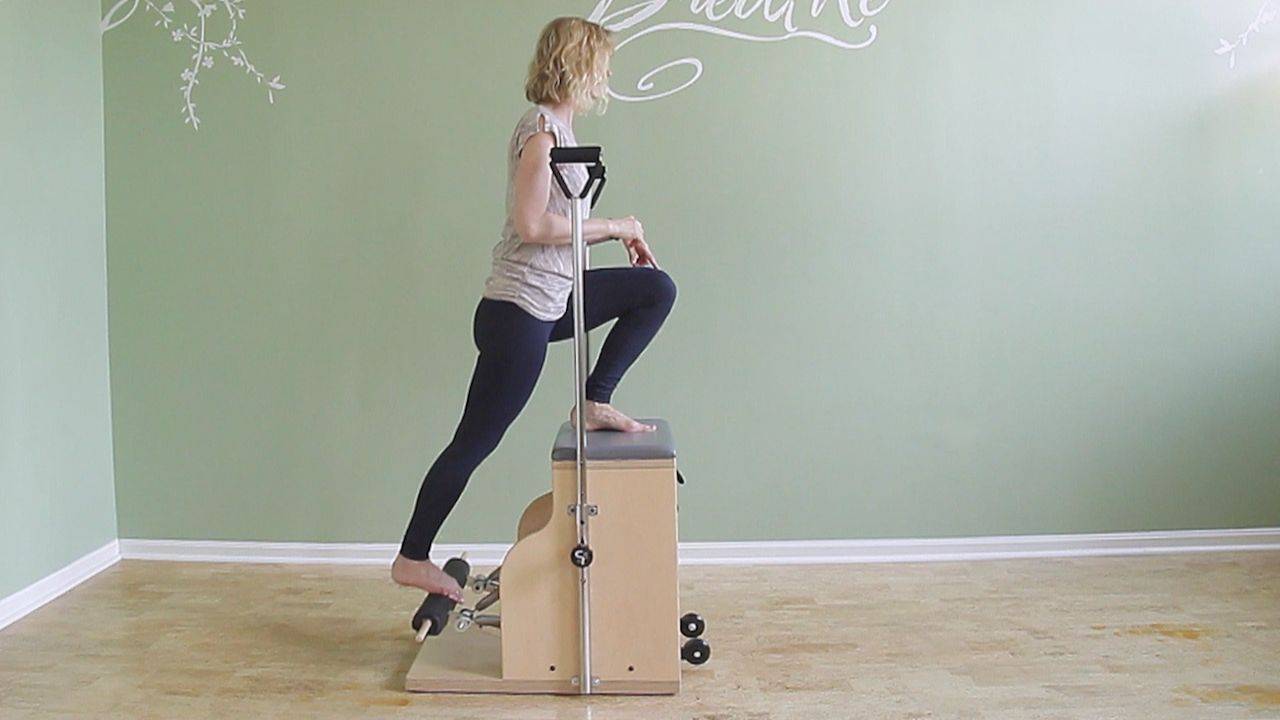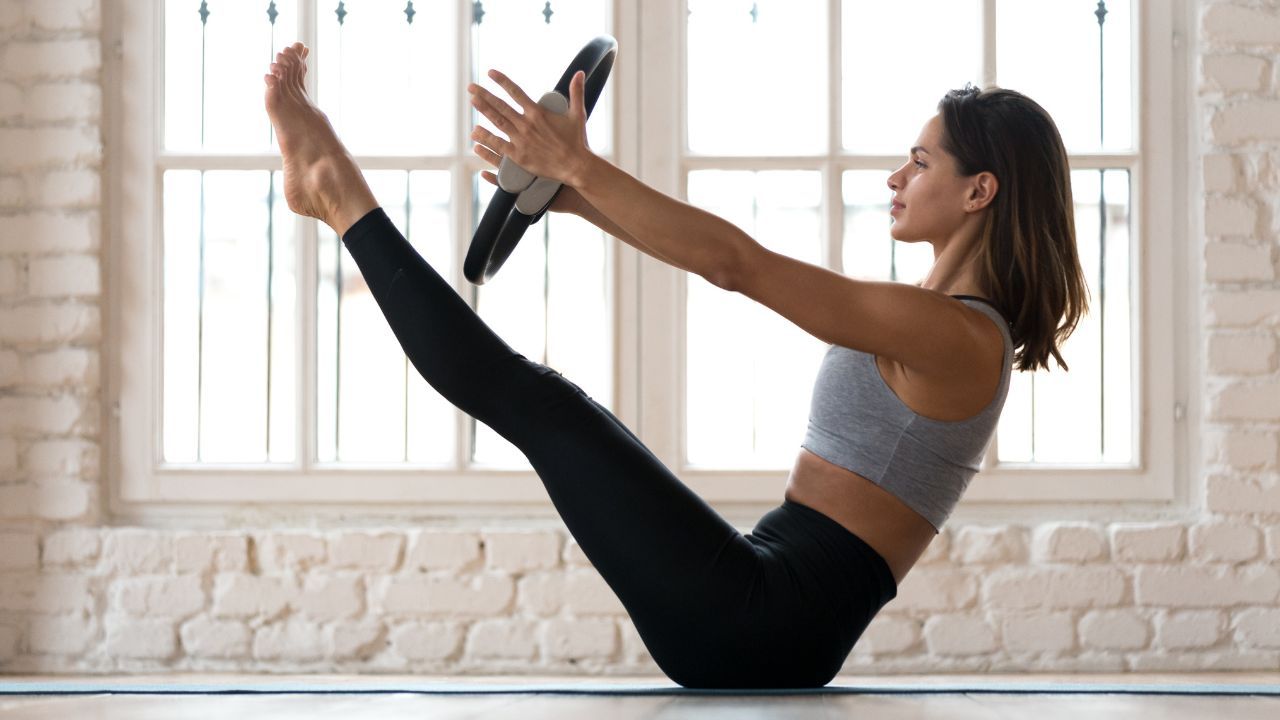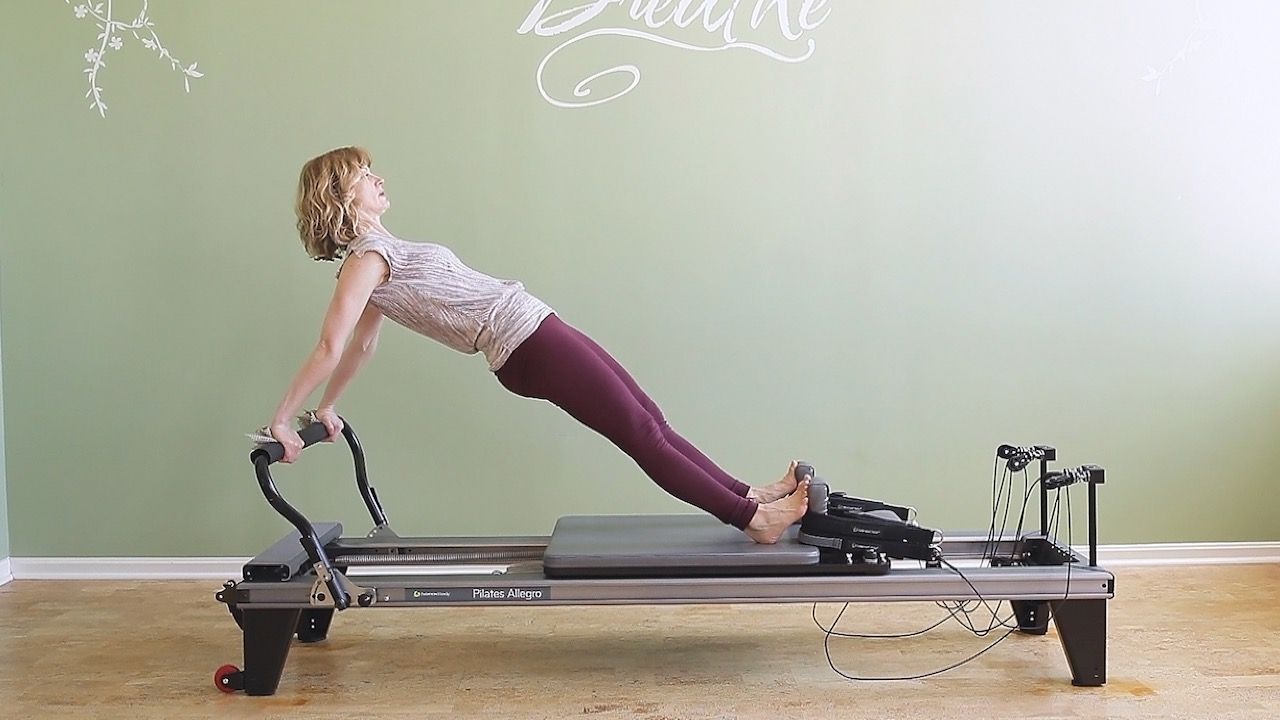How to Make Sticking to a Regular Pilates Practice Easy
Jul 29, 2020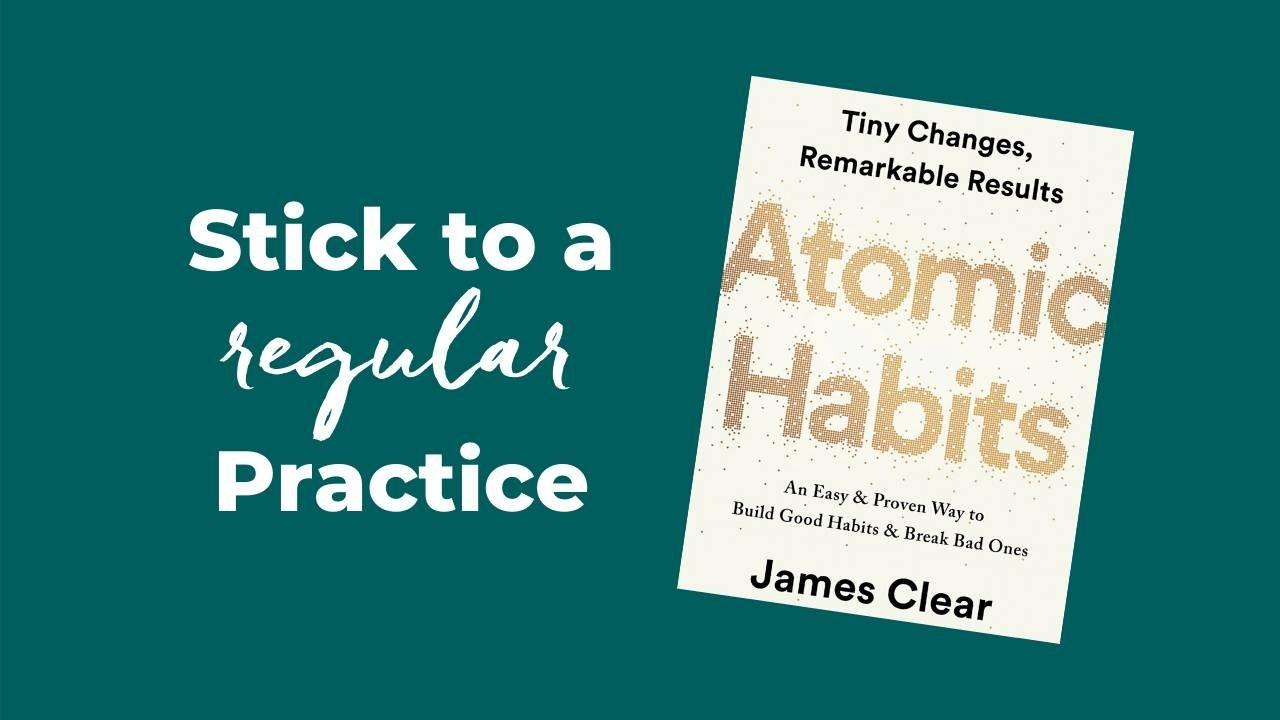
Practicing regularly should be a no-brainer for a Pilates teacher. After all, we know exactly how good Pilates is for us. We know of its power and magic. We see first hand on a daily basis the transformation it brings about in our students. Then why is it so hard to stick to our own practice?
Throughout the day, there always seems to be some other task that’s more important or urgent, and in the evening, we’re just too tired.
While I owned my studio, my self-practice was one of the most difficult habits to stick to. There were several reasons for it:
I already spent a lot of hours at the studio, not just teaching, but also doing admin work, such as returning phone calls, answering emails, sending newsletters, and updating my website. Once all of that was done, I simply felt like leaving my work environment. As much as I love Pilates when your passion is your profession you just need some distance from it.
I talked about Pilates all day long. My brain just didn’t feel like thinking about Pilates anymore. Is this shocking to you? Well, after teaching Pilates for more than a decade, I’m simply satisfied. Don’t get me wrong. I love this method, completely and utterly. It’s far superior to any other workout I’ve ever tried. But Pilates is what I do, not (just) who I am. It’s a given that the Pilates mindset permeates everything I do - I’m always looking to improve and I’m always looking for more efficiency - but I don’t need to be doing the same exercises all day every day. To get a break from “INHALE as you lengthen, EXHALE round your back and roll down to the mat one vertebra at a time,” I enjoy hiking, skiing, swimming, simply taking a walk through the park, meeting a friend at a coffee shop, or reading a book.
At the end of the day though, to stay inspired in our teaching, we must practice. There is just no getting around it.
“Each day is made up of many moments,
but it is really a few habitual choices that determine the path you take.”
~ James Clear
James Clear's book Atomic Habits is an extremely helpful resource when it comes to establishing a habit.
Here are a few habit-forming tips from the book:
One of the most helpful strategies for me is what he calls habit stacking. You link the new habit (practicing Pilates) to an existing habit (brushing your teeth). So immediately after you brush your teeth in the morning, you start your practice.
Write down an implementation intention, which is a plan you make beforehand about when and where to practice. “Every afternoon at 2 pm I will practice 20 minutes of mat Pilates in my bedroom.” Put it on your calendar. Schedule nothing else at that time. Turn on a notification on your phone to remind you at 2 pm to roll out your mat. While we’re talking about rolling out your mat…
Clear’s 3rd Law of Behaviour Change is called “Make it Easy”. Our environment has a huge effect on our actions and habits. If you usually roll up your mat and get it out of the way after your practice, try leaving it right there in the middle of the room. Next time your body needs some maintenance and you’ll walk across the room, you have the visual reminder and one less decision to make (Should I roll out my mat? Do I have enough time?). This might sound too simple, but it really works.
Plan a reward for yourself for completing your new habit. For example, each time after I’ve completed a 20-minute Pilates practice, I get to check social media for 20-minutes or watch an episode of my favorite TV show.
Temptation bundling is when you connect a habit that you want to do with one that you should do. For example, you only listen to your favorite podcast or music album while exercising.
This book is brilliantly researched with countless actionable tips and ideas for starting and sticking with a new habit. It will make a huge difference in your life and it will be a great resource to share with those of your students who struggle with staying consistent with their practice.
This post contains affiliate links, which allows me to continue offering tons of excellent free content on this site. I only recommend stuff I love.
Having an accountability partner can make all the difference when you first start a new habit. That’s why going to a physical studio and taking a class makes sticking to your practice so much easier than practicing at home, when you could do the dishes or laundry or when the couch is calling your name.
I use a Trello board to keep track of my student’s program. I also give them homework, and they leave me a quick note whenever they've completed their homework and I can applaud them with an emoji or recognize their effort with a few encouraging words. It works for some, and it's not a lot of work for me. It keeps me connected to my students between sessions and vice versa, which builds a stronger client-teacher relationship.
If you are looking for a way to track your practice, which allows you to keep an overview of your progress on a chart, check out James Clear’s Habit Journal. It’s a habit tracker, but it also takes you through the process of building new habits.
If you’re looking for an accountability buddy outside the studio, then I invite you to join us inside the membership. We have monthly accountability groups to make it easier to stick with your own practice.



